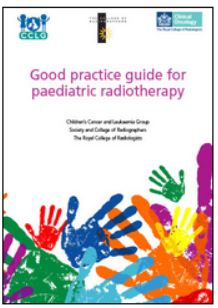Introduction
The decision to use radiation therapy (RT) in cancer treatment depends on many factors such as the:
- Type of cancer:
- Some cancers such as lymphoma are very sensitive to RT and some are resistant to treatment e.g. melanoma
- Efficacy of other modalities
- Chemotherapy and (or) surgery may be sufficient alone
- Patient’s general health
- Local and distant extent of disease
Similar considerations apply to surgical resection and chemotherapy.
All of these modalities may be used together or alone.
Tumor management decisions require a MULTIDISCIPLINARY APPROACH.
Each patient should be individually assessed by a team of specialists.
For many pediatric cancers chemotherapy may be sufficient alone. However, RT (with or without surgery) may be an important part of local control (ensure that the tumor does not come back where it started).
There are two main categories of radiation treatments:
- Radical: Attempt to cure disease
- Palliative: To relieve symptoms - not expected to cure disease
The Children’s Cancer and Leukaemia Group, the Society and College of Radiographers and The Royal College of Radiologists in the UK have published a guide which provides a framework for all those who are involved, directly or indirectly, with the care of children and teenagers receiving radiation therapy:


